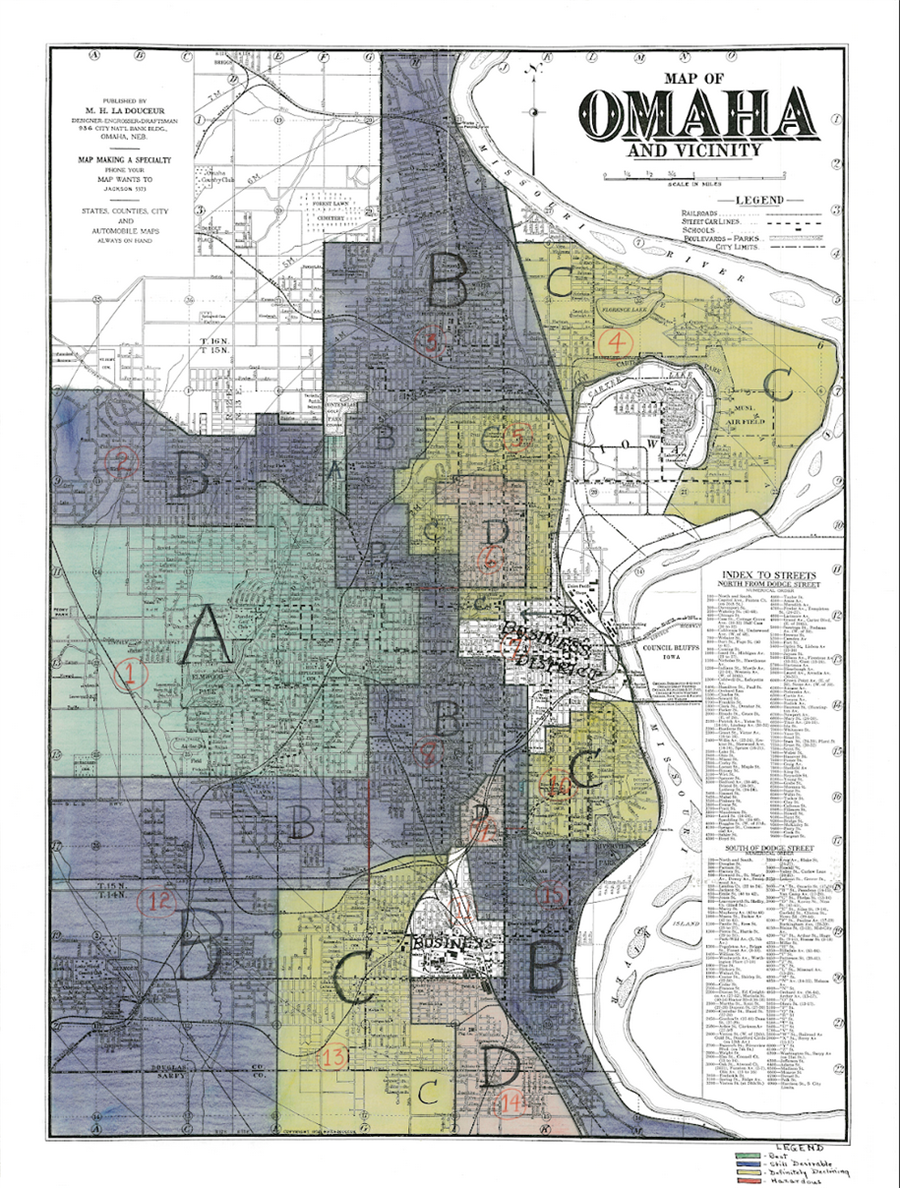Making Invisible Histories Visible
Page Navigation
- Making Invisible Histories Visible
- Lesson Plans and Resources
- iBooks on Omaha and Nebraska History for Primary Students
- Omaha Mapping Projects
-
African American Histories
- African American Artists
- African American Athletes & Facilities
- African American Churches
- African American Civil Rights Organizations - 1950s-1960s
- African American Civil Rights
- African American Contributions to Jazz, Gospel, Hip-Hop
- African American Dramatic Arts
- African American Education - Dorothy Eure & Lerlean Johnson
- African American Educators & Education
- African American Firefighters
- African American Homesteaders
- African American Law Enforcement
- African American Migration to Omaha
- African American Musicians of Omaha
- African American Newspapers
- African American Owned Businesses
- African American Politicians
- African American Social Life
- African American Workers at Omaha's Railroads & Stockyards
- African American Workers at the Naval Ammunition Depot in Hastings
- African Americans in the Civil War
- African Americans in Vietnam
- Charles B. Washington - Journalist and Civil Rights Leader
- Elizabeth Davis Pittman - Lawyer/Judge
- Green Book Omaha
- Marlin Briscoe - Professional Football Player
- Native Omaha Days
- Nebraska's Role in the Underground Railroad
- Sen. Edward Danner - Politician & Civil Rights Activist
- Sudanese Refugees
- Tuskegee Airmen
- European and Asian Immigrant Histories
-
Historic Neighborhoods & Buildings
- 24th and Binney/Wirt/Spencer Streets
- 24th and Lake Streets
- Central Park Neighborhood - 42nd and Grand Avenue
- Dahlman Neighborhood - 10th and Hickory Streets
- Hartman Addition Neighborhood - 16th and Williams Streets
- Indian Hills/Southside Terrace Neighborhood - 30th and Q Streets
- Jefferson Square Neighborhood - 16th and Chicago Streets
- Long Neighborhood - 24th and Clark Streets
- Orchard Hill Neighborhood - 40th and Hamilton Streets
- Smithfield Neighborhood - 24th and Ames Avenue
- St. Mary's Neighborhood - 30th and Q Streets
- Latino Histories
- Music Histories
-
Native American Histories
- Black Elk and John G. Niehardt
- Chief Standing Bear and Susette La Flesche Tibbles
- Dr. Susan LaFlesche Picotte - Native American Doctor
- Native American Education and Boarding Schools
- Native Americans in the Military
- Pre-statehood Interaction of Native Americans and Europeans
- Preserving Native American Tradition
- Restoring the Ponca Tribe
- The American Indian Movement in the 1960s and 1970s
- The Indian Congress at the 1898 Trans-Mississippi Exposition
- The Omaha Native American Indian Tribe
- OPS Elementary School History
- Redlining in Omaha
- Nebraska's Role in the Underground Railroad
- The 1898 Trans-Mississippi Exposition
Redlining in Omaha
-
Welcome.
The student history projects, lesson plans, and teaching activities collected here explore how discriminatory practices, known as redlining, led to the decline of neighborhood commercial centers in communities of color in eastern Omaha.
The accompanying lesson plans and teaching activities provide economics, history, and geography teachers with the means to utilize this content in their high school classrooms.

(HOLC Map of Omaha, ca 1935. Courtesy of Paula Strand.)
"Beginning in 1936, the neighborhoods of Omaha’s Near North and South sides were systematically segregated from the rest of the city by means of prohibitive and discriminatory home lending practices. In Omaha, and cities across the country, red lines were drawn on city maps by the federally-funded Home Owners’ Loan Corporation, identifying predominantly African-American and immigrant communities as “hazardous” and unfit for investment." - Undesign the Redline
Lesson Plans & Teaching Activities Exploring Redlining
Additional Information
- Interactive Maps
- Online Educational Resources
- Helpful Articles About Redlining
- "Why Are Cities Still So Segregated?" (NPR) - The impact of the HOLC on the economic development of American neighborhoods.
- "How Redlining's Racist Effects Lasted Decades" (New York Times)
- "Interactive Redlining Map Zooms in on America's History of Discrimination" (NPR)
- "Redlining Was Banned 50 Years Ago, It's Still Hurting Minorities Today" (Washington Post)
- "The Color of Law: A Forgotten History of How Our Government Segregated America" (New York Times)
- Radio Interviews
- Books

